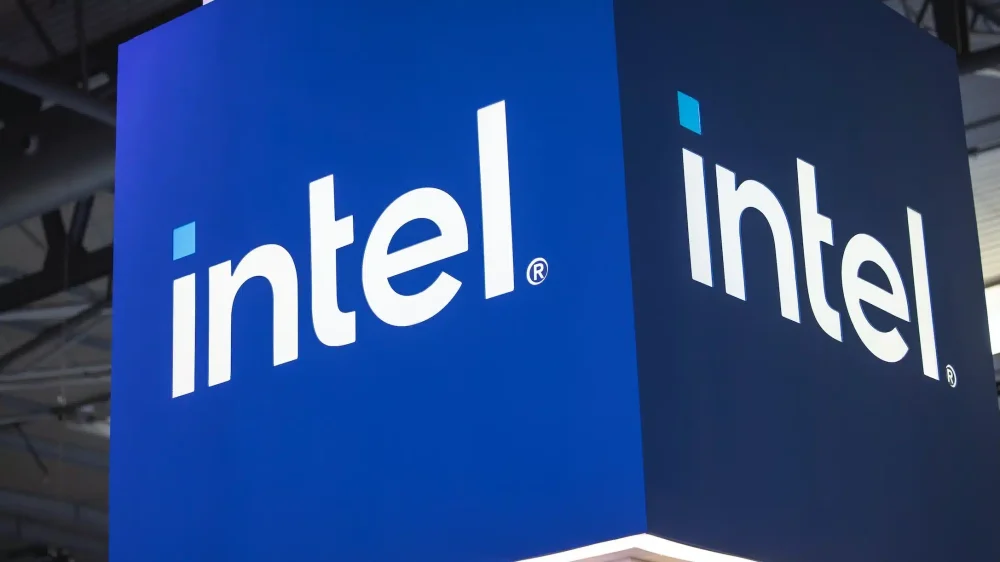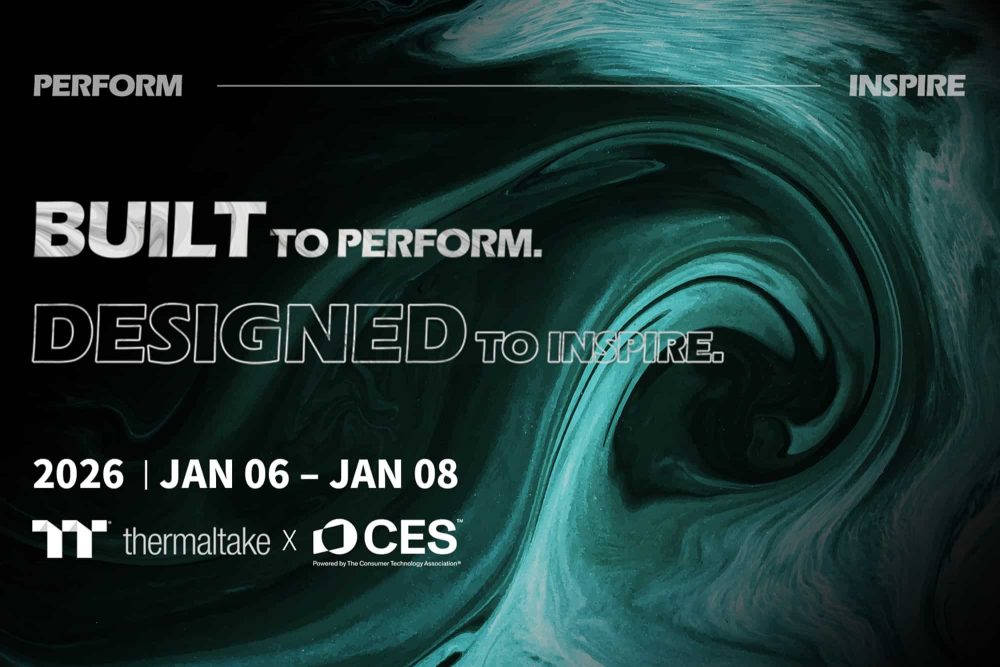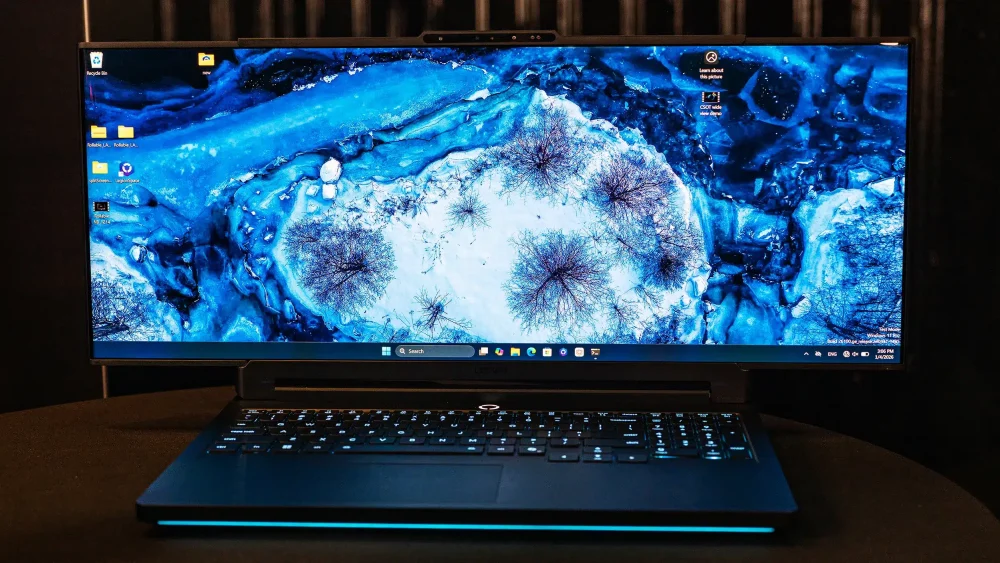After years of falling behind rivals like AMD and Nvidia, Intel is charting a bold new course to regain lost ground in both the consumer desktop and high-performance server markets. In a revealing earnings call, new CEO Lip-Bu Tan laid out the company’s roadmap, emphasizing upcoming CPUs built on Intel’s next-generation 18A node, significant server architecture changes, and a return to Simultaneous Multithreading (SMT) on performance cores. Here’s what it all means—for the market, for Intel, and for you.
Panther Lake: The First Real Test of Intel’s 18A Tech
Intel is pinning its near-term hopes on Panther Lake, the first consumer chip based on the 18A (1.8nm-class) process. The first Panther Lake CPUs for laptops are expected to arrive by late 2025, with a broader rollout scheduled for early 2026. Intel hopes that the platform’s success will help reverse recent financial strains, as tighter margins and advanced manufacturing costs weigh heavily on the company.
Lip-Bu Tan was frank: “We’re focused on getting Panther Lake out this year. Its ramp is just as important as its launch. Once we scale production and yields improve, we hit the cost structure we need.” Panther Lake also represents Intel’s effort to reclaim dominance in the notebook segment, a market where AMD has been gaining traction with its Ryzen chips.
Nova Lake: Aiming to Match AMD at the High End
Nova Lake, arriving in late 2026, is where Intel makes its next stand in the high-performance desktop market. With up to 52 cores and next-gen Xe graphics, Nova Lake is designed to bridge the gap with AMD’s best chips, particularly in the desktop arena where Intel has lost ground in performance, efficiency, and multi-threading capabilities.
“We still have gaps in high-end desktops, but Nova Lake gives me confidence we’re on the right path,” Tan noted. It will also utilize an enhanced version of the 18A process and mark Intel’s third-generation product, built on the node, demonstrating the company’s intention to continue using 18A for both client and enterprise products.
Servers: Diamond Rapids, Clearwater Forest, and the Return of SMT
The server roadmap reveals even more transformative plans. In 2026, Intel will launch:
- Diamond Rapids: Up to 256 performance cores (P-cores)
- Clearwater Forest: Up to 288 efficient cores (E-cores)
However, the real shift comes with Coral Rapids, which is targeted for 2028–2029. This generation will reintroduce SMT (Simultaneous Multithreading) to Intel’s P-core design, a capability Intel removed in its recent Lion Cove and Panther Cove cores. Tan didn’t mince words: “Removing SMT was a mistake. It cost us in performance and market share.”
What About GPUs and AI?
Intel also plans to consolidate its x86 CPU and Xe GPU strategies, though the future of its standalone “Arc” GPU line is unclear. The focus is now on building a better software ecosystem to support AI workloads, where Intel has traditionally lagged.
Tan acknowledged past missteps: “We approached AI with a silicon-first mindset, but lacked a cohesive software stack. We are now working to fix that.”
Big Cuts and Big Bets
All this comes amid major restructuring. Intel is cutting 30% of its workforce, reducing its staff to around 75,000 employees, and may exit advanced chip manufacturing altogether if it can’t secure external interest in its foundry business.
Despite the uncertainty, Tan’s leadership has injected fresh energy and realism into Intel’s strategy. Unlike past executives who were slow to react, he’s admitted mistakes and taken concrete steps to pivot.
A High-Stakes Rebuild
Intel is no longer the invincible chip giant it once was. AMD has caught up, and in many cases, surpassed Intel in terms of performance, efficiency, and market trust. Nvidia dominates AI. Apple and ARM-based chips are redefining mobile performance. Intel’s margin for error is razor-thin.
But this is also Intel’s “Zen 1 moment”, similar to AMD’s own comeback story starting in 2017. If Panther Lake delivers, Nova Lake competes, and SMT-infused Coral Rapids servers perform as promised, Intel could find itself back in the game by the end of the decade. The key question: Will Intel’s execution match its ambition?



“Intel’s server share has fallen to 55%, leaving AMD with a commanding 45%”
Who’s the idiot that writes this shit?
That will be me. I left out all the others, and the math added up!